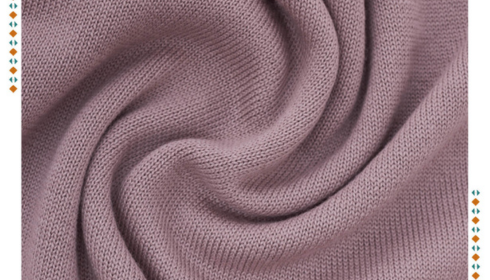Synthetic acrylic material has become an integral part of numerous industries, thanks to its unique combination of aesthetic appeal, durability, and adaptability. From signage and furniture to automotive parts and medical devices, this man-made plastic offers a wide array of benefits that make it a top choice for designers, manufacturers, and consumers alike.
What is Synthetic Acrylic Material?
Synthetic acrylic material is a type of plastic made from derivatives of acrylic acid. The most common form is polymethyl methacrylate (PMMA), known for its glass-like transparency and resistance to UV light and weathering. It is a lightweight, shatter-resistant alternative to glass and is often marketed under brand names such as Plexiglas, Lucite, and Perspex.
Properties That Make Acrylic Stand Out
One of the most appealing characteristics of synthetic acrylic is its clarity and light transmission. It allows up to 92% of visible light to pass through, surpassing even glass in clarity. Despite its transparency, it is significantly more impact-resistant than glass, making it safer for use in areas where breakage is a concern.
In addition to its strength and clarity, acrylic is also:
- Weather-resistant, making it suitable for both indoor and outdoor use.
- Easy to shape, cut, and fabricate, allowing for custom designs and intricate details.
- Available in a wide range of colors and finishes.
- Resistant to UV radiation, which prevents yellowing and degradation over time.
These properties make synthetic acrylic material ideal for a broad spectrum of applications, ranging from artistic installations to industrial components.
Applications Across Industries
- Architecture and Interior Design: Acrylic is widely used in modern architecture for skylights, wall partitions, and light fixtures. In interior design, it is used for furniture, countertops, and decorative panels due to its sleek and modern look.
- Retail and Advertising: Signage and display units are often made from acrylic because it can be easily colored and illuminated. Its lightweight nature makes it ideal for hanging signs or mobile displays.
- Automotive and Aerospace: Acrylic is used in the manufacturing of car light covers, instrument panels, and even aircraft windows, where clarity and durability are essential.
- Medical Field: In hospitals and labs, acrylic is favored for its cleanliness and non-toxic properties. It’s commonly used in incubators, dental equipment, and protective barriers.
- Aquariums and Optical Devices: Thanks to its clarity and strength, acrylic is often chosen for aquarium walls and optical lenses. It can withstand pressure and provide unobstructed views, enhancing user experience.
Environmental Considerations
While synthetic acrylic is not biodegradable, it is recyclable. Scrap acrylic can be collected, ground down, and reprocessed into new products. Manufacturers are also exploring more sustainable production techniques and recycling programs to minimize environmental impact.
Furthermore, acrylic’s long lifespan reduces the need for frequent replacements, indirectly contributing to reduced waste. This durability makes it a more sustainable option compared to materials that degrade quickly or break easily.
Care and Maintenance
Acrylic is relatively easy to maintain. Regular cleaning with a soft cloth and mild detergent keeps the surface clear and free from scratches. However, abrasive cleaners or rough cloths should be avoided to maintain its polished look.
In case of minor scratches, polishing compounds can often restore the original finish. For more severe damage, professional resurfacing can bring back its clarity and luster.
Conclusion
Synthetic acrylic material offers a winning combination of strength, versatility, and visual appeal. Its widespread use across multiple industries underscores its practicality and innovative potential. As advancements in manufacturing continue, we can expect even more efficient and eco-friendly applications of this material in the future.

